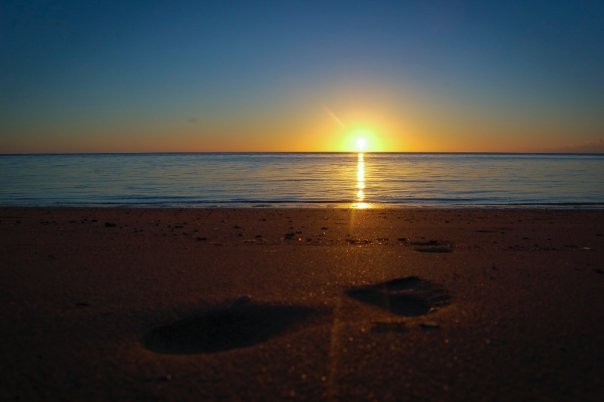The teardrop island of Sri Lanka sits just underneath its mainland cousin India. For many thousands of years it has been a stop off point for international trading for galleon ships travelling from South Africa to Indonesia, known as the Silk Road. Although not historically famous for its diving, this is one destination not to be missed and is only becoming more popular.
This beautiful country is full of the colours and aromatic smells of incense and spices that you would expect to find in this part of the world. With stunning fabrics draped on the roadsides and art work scattering the streets, it’s a delight for all senses walking through the streets of Hikkaduwa, one the island’s main hubs of activity. This beautiful array of colours can not only be found on land but transcends below the surface of the Indian Ocean.
Now time to get wet!
Sri Lanka offers some great diving to wet the appetite. Usually very quick boat rides out to the dive sites, with the opportunity to spot dolphins playing in the wake of the boat.
Unawatuna is one of the most popular beaches on the coast, lined with palm trees, you can find dive centres sprinkled along the 2km stretch of sand.
As Sri Lanka has been part of a major shipping route throughout the centuries it is only to be expected that a few unfortunate ships met their fate off the coast which in turn has led to some amazing wreck dives. If you’re a fan of wreck diving there is a number to choose from, lying at depths as shallow as 9 metres or deep enough for a technical pro.
Sri Lanka not only boasts spectacular safaris on land with the chance to see animals such as the Leopard and Elephant, it also hosts an array of animals under the water.
5 of the 7 species of turtle reside and pass through these waters of Sri Lanka. For those of you with an eye for detail, nudibranchs are found throughout the reefs, showing off their beautiful colours and intricate patterns.
Diving here is best from October – April. With strong winds building up in the summer months, it is best to avoid visiting from May-September as many of the dive shops are closed due to the rough weather.
Boxing Day Tsunami
The 2004 tsunami had a devastating impact on the shores of Sri Lanka. Some of which you can still witness today. A couple of large wooden boats in the middle of fields, many new buildings along the coastline and even some shops have photographs posted up on their walls showing you the damage and disruption that occurred that Christmas. Unfortunately two thirds of the Sri Lankan coast had been affected by the tsunami but the reef seemed to survive with not too much damage in most parts, while other parts you can witness the uprooting of many hard corals.
Largest mammal on the planet…..
The Blue Whale graces these waters in their hundreds and are now being researched as to why they love the waters off Sri Lanka so much. Boat trips out to the pods are available to get a chance to see the world’s largest animal, even though you may only see a fraction of the body as they can reach lengths of up to 30metres. These impressive creatures of the blue were once hunted to near extinction by whalers. Unfortunately their numbers are still very low and are on the endangered species list. When choosing a whale operation please keep in mind their practices and regulations. These beautiful animals should not be harassed in anyway, and each boat should keep a safe distance from the whales as to not intrude or harm them. The Sri Lankan coast guard are monitoring trips in order to protect their Blue whale population.
Surfs up!
Not only does Sri Lanka provide entertainment underwater but also on the surface. Sri Lanka has become a popular surf destination over the past decade, with fun waves perfect for the beginner up to the Pro. What better way to spend some time before your flight back home, or even to spend a sunset session in the waves.
Make it your next destination
Sri Lanka is the perfect destination to have many different experiences, there will not be much time to say you are bored. With tasty dishes, temples, happy people and wildlife there isn’t much that Sri Lanka doesn’t offer. If you are looking for a family vacation where everyone is kept entertained, even the non-divers, Sri Lanka will live up to the challenge.
Or, if you’re a backpacker in search of cheap living and adventures then book your ticket and say a warm hello to this jem in the Indian Ocean






































